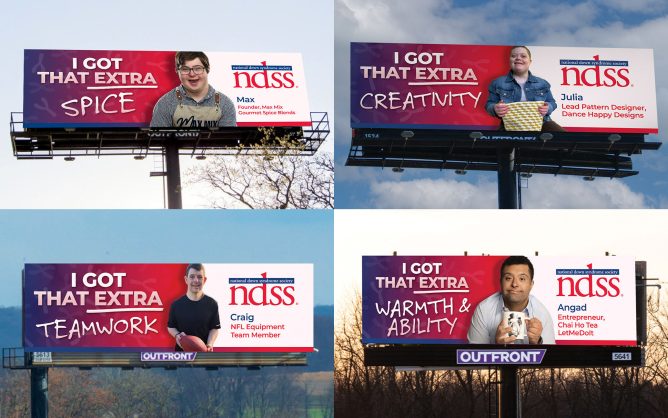With at least 4.9 billion active internet users worldwide as of 2021, digital accessibility is more important than ever. Over 1 billion people around the world are part of the disabled community, and each one of these individuals deserves equitable access to in-person and online spaces. And as the world population ages, the need for accessible websites will only continue to increase.
Digital accessibility stands out as one of the most addressable and measurable components of diversity, equity and inclusion (DEI) programs, yet it is still one of the least prioritized. The Valuable 500—a global business collective made up of 500 CEOs and their companies, innovating together for disability inclusion—recently released the Valuable Truth 2022 Report, which found that 33% of organizations have not even started “exploring inclusive design innovation opportunities.” To truly create belonging among customers and employees, businesses must remember to include accessibility in DEI.
Poor digital accessibility will impact your bottom line.
An inaccessible website makes it harder for visitors with disabilities to buy your products and use your services. It bars them from actively engaging with your brand, which can lead to lost sales opportunities for your business. In fact, 75% of people with a disability will take their business elsewhere because of poor accessibility and are even willing to buy from a more expensive e-commerce source that does offer an accessible experience.
When there are inequalities in digital access and usage, companies put their reputation and their ability to connect with every customer at serious risk. For example, CVS took a significant reputation hit when their website was not accessible for those who use screen readers, preventing them from scheduling their Covid-19 vaccine appointments. In fact, the inaccessibility of other telehealth apps led to the World Health Organization (WHO) and International Telecommunication Union (ITU) creating a new accessibility standard for telehealth services.
There are also a number of country-specific web accessibility laws based on the Web Content Accessibility Guidelines (WCAG) that your company must adhere to. Understanding and following these laws is a critical part of managing your potential liability. If broken, you can open your company up to steep fines and the possibility of negative headlines, further impacting your bottom line and eroding your reputation.
WCAG and accessibility laws are important, but they are just the tip of the iceberg. To be truly accessible and inclusive, you should look beyond compliance and focus on a great user experience.
Design plays an integral role in creating digital equality.
Digitally accessible design is one of the key ways companies can create a more inclusive experience, which can, in turn, improve the user experience for everyone. Accessible design is flexible by nature and allows content to render across a wide spectrum of devices, platforms, assistive technologies and operating systems. It provides multiple ways for users to interact with websites and applications.
For example, by ensuring sufficient color contrast between the text and background colors on your site, you make it easier for those with low vision to read the text. By carefully labeling headers and subheads, you allow people using screen readers to better navigate content.
While lowered sidewalk curbs, automatic doors and ramps are beneficial for those with disabilities, these features also make it easier for anyone to push a stroller or a shopping cart. The same applies in the digital space: Accessible web design benefits everyone, regardless of their circumstances—a key reason why accessibility is essential to any environmental, social and governance (ESG) strategy.
Greater accessibility can help you be more inclusive and reach new audiences.
“Bringing your A-game” to DEI and ESG is one of the fastest ways to take your initiatives from promise to performance. Globally, the disabled population includes about 15% of the global population, with a spending power of more than $6 trillion. If you consider the 3.4 billion friends and family members of people with disabilities, your company can potentially tap into large new audiences that are usually left out from the economy due to inaccessible web experiences. Treating web accessibility as a necessity instead of an afterthought can open up your business to new demographics with massive buying power—while ensuring that everyone is included.
Source: Forbes




